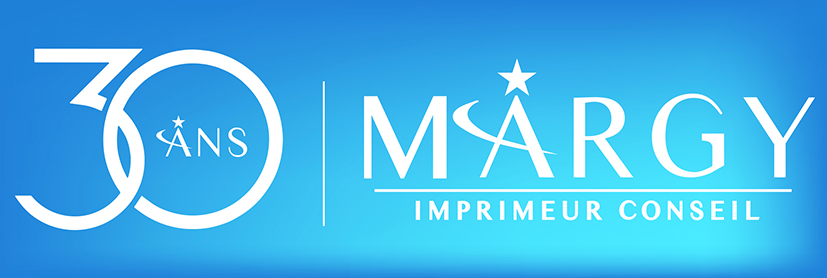Generally speaking, brand identity means graphic charter. While visual identity is necessary to build a company’s brand identity, it is not sufficient. Depending on the brand’s positioning and many other criteria, it will be useful to build a story around the company.
This is whereeditorial identity is of vital importance. The two types of identity must of course be compatible, and convey a message that is aimed at the same target.
What is a brand’s editorial identity?
For both a brand and a media outlet, editorial identity is based on a set of choices and criteria designed to achieve a defined objective. These decisions are taken by the editor-in-chief, or sometimes by a group of people who set the editorial line. This is known as the editorial board. These decisions are generally based on the following criteria:
Reaching your target audience
This involves defining the profile of the target audience. The first step is to determine who you are targeting, and then find ways of reaching them.
Defining the subjects to be addressed
This is part of content marketing. You need to find the subjects that are most likely to speak to your target audience and hold their interest. This is particularly important for blogs and social networks.
The tone
It’s clear that the tone to be used in communications is not the same when addressing an audience of teenagers as it is when addressing an audience in the 40-50 age bracket.
Information content
In the same way as the subjects to be covered, we need to find content that is relevant to our target audience. If the target subject is sport, the content of the message is not the same if we are talking to an experienced sportsman or sportswoman as to someone who has never practised.
The medium
Where should the message be broadcast? Social networks, a blog, the written press, radio, television, flyers, brochures?
Frequency of publication
Generally speaking, the more prestigious a company is, the less it communicates. This is particularly true when the company’s core target group is a narrow one.
What is the link with brand identity?
Brand identity relates the attitude the brand wishes to have towards its target audience. Visual codes play an important role in this, as they are created to speak directly to others. Let’s take a simple example concerning the graphic charter. Typography is a key element of a brand’s visual identity. A Comic Sans MS font would not be suitable for a luxury designer’s communication campaign. Just as the colours, logo and many other criteria have a direct influence on the target audience.
The same applies to editorial identity. The content of the criteria around which it is based varies greatly depending on the target. For example, when selling luxury goods, you can’t do away with the use of the polite form of address, whereas this is perfectly appropriate when selling toys to children.
Other articles to read :
 01 44 52 02 02
01 44 52 02 02
